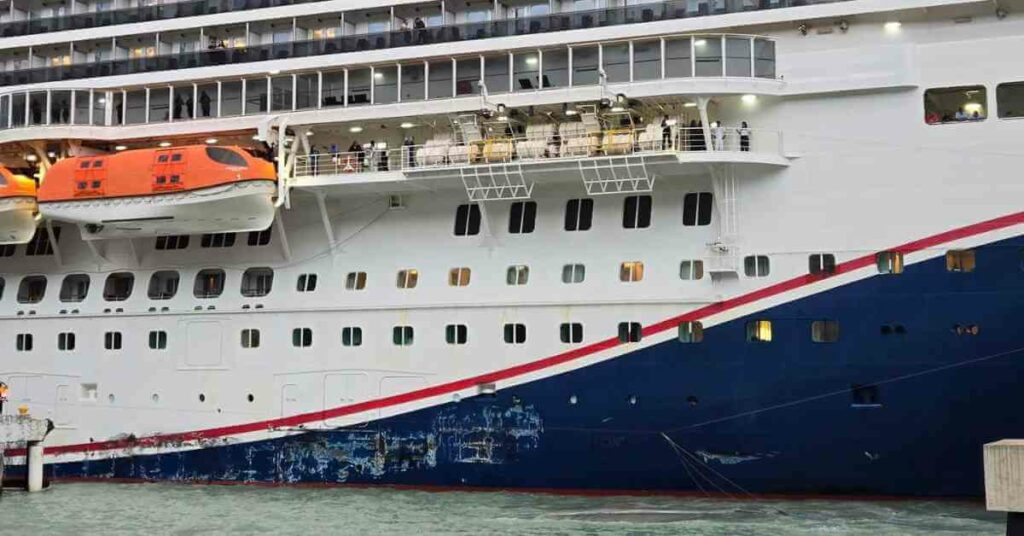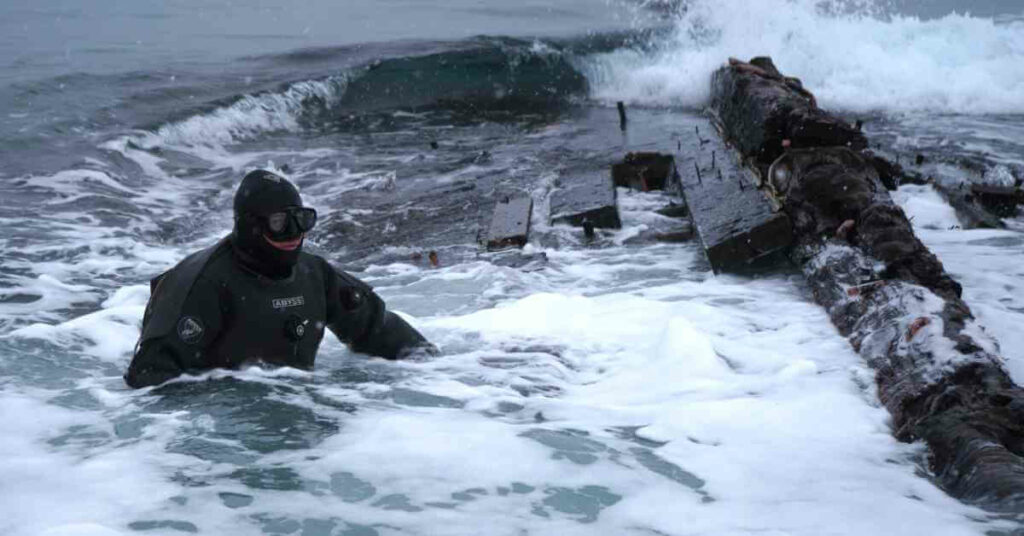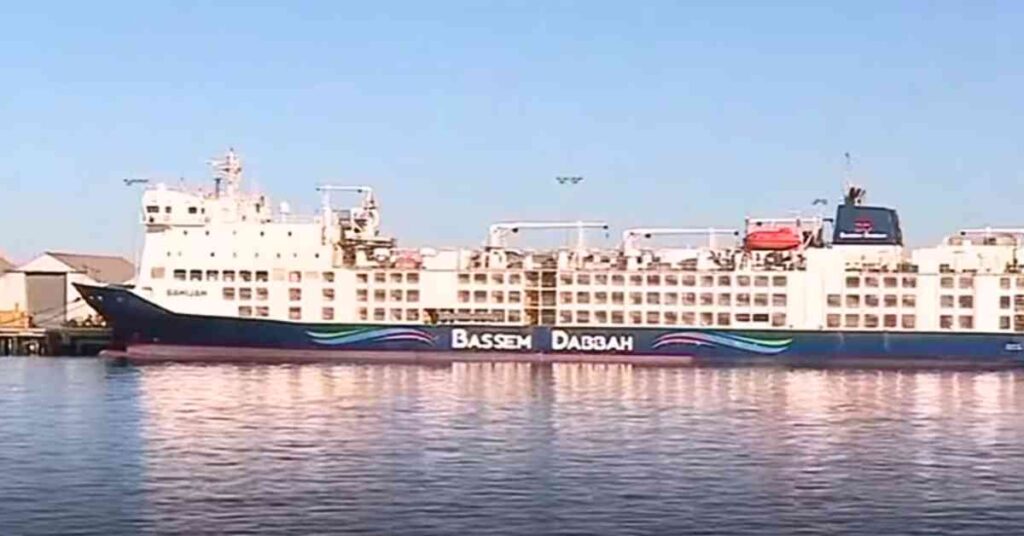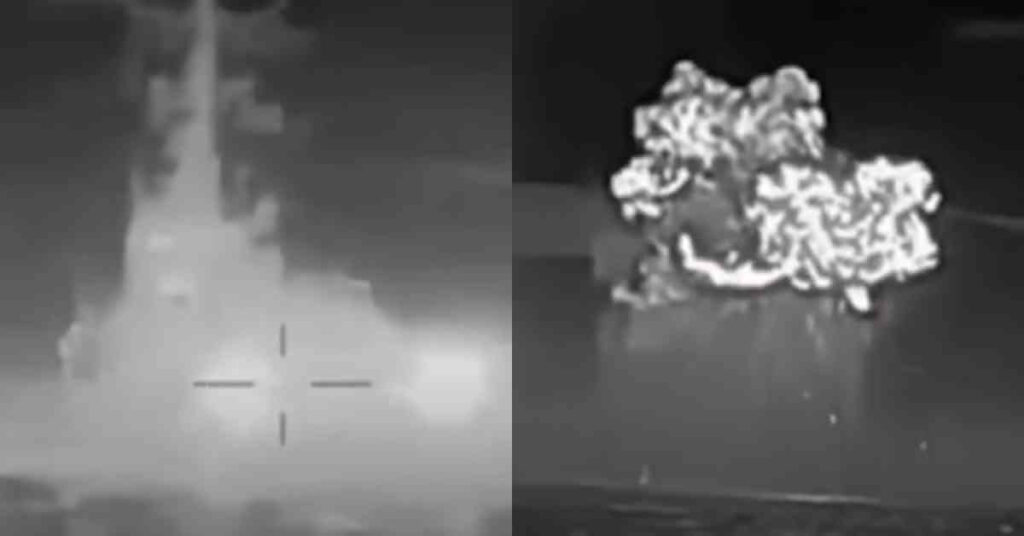Watch: This Autonomous Robot Can Find And Fight Fire On Ships
Sponsored by the Office of Naval Research (ONR), SAFFiR is a two-legged, or bipedal, humanoid robot designed to help researchers evaluated unmanned systems to support Sailors with damage control aboard naval vessels.
The Shipboard Autonomous Firefighting Robot (SAFFiR) autonomous robot is capable of finding and suppressing shipboard fires and working seamlessly with human firefighters. The objective of SAFFiR is to develop human-centric, autonomous systems for fire safety and damage control, reducing damage to Navy ships at sea and decreasing the recovery time. This technology will allow Navy to meet damage recovery mandates and reduce human risks. SAFFiR is a key component of the Office of Naval Research funded Naval Prototype program – Damage Control Technologies for the 21st Century.
The firefighting robot, called the Shipboard Autonomous Firefighting Robot (SAFFiR), is being designed to move autonomously throughout the ship, interact with people, and fight fires, handling many of the dangerous firefighting tasks that are normally performed by humans. The humanoid robot should be able to maneuver well in the narrow passages and ladderways that are unique to a ship and challenging for most older, simpler robots to navigate.
The robot is designed with enhanced multi-modal sensor technology for advanced navigation and a sensor suite that includes a camera, gas sensor, and stereo IR camera to enable it to see through smoke. Its upper body will be capable of manipulating fire suppressors and throwing propelled extinguishing agent technology (PEAT) grenades. It is battery powered that holds enough energy for 30 minutes of firefighting. Like a sure-footed sailor, the robot will also be capable of walking in all directions, balancing in sea conditions, and traversing obstacles.
Another key element of the SAFFiR development is to allow damage control personnel and the robot to work cohesively as a team. Algorithms are being developed to allow autonomous mobility and decision making by the robot as a team member. To enable natural interaction with a human team leader, the robot will have multimodal interfaces that will enable the robot to track the focus of attention of the human team leader, as well as to allow the robot to understand and respond to gestures, such as pointing and hand signals. Where appropriate, natural language may also be incorporated, as well as other modes of communication and supervision.
Reference: usnavalresearch
Do you have info to share with us ? Suggest a correction
About Author
Marine Insight News Network is a premier source for up-to-date, comprehensive, and insightful coverage of the maritime industry. Dedicated to offering the latest news, trends, and analyses in shipping, marine technology, regulations, and global maritime affairs, Marine Insight News Network prides itself on delivering accurate, engaging, and relevant information.

About Author
Marine Insight News Network is a premier source for up-to-date, comprehensive, and insightful coverage of the maritime industry. Dedicated to offering the latest news, trends, and analyses in shipping, marine technology, regulations, and global maritime affairs, Marine Insight News Network prides itself on delivering accurate, engaging, and relevant information.
Latest Videos Articles You Would Like:
- Cruise Ship Damaged Due To Severe Weather, Passengers Stuck Abroad
- Archaeologists Examine 19th-Century Shipwreck Found On Canadian Coast
- Australia Stops Livestock Ship From Sailing Around Africa To Israel Amidst Houthi Attacks
- Iran Warns U.S. Of Targeting Cargo Ships Following Latest Airstrikes On Houthis
- Watch: Ukrainian Forces Destroy Russian Missile Boat In Black Sea Operation
- Two Dead After Tragic Collision Between Water Taxi And Passenger Ferry In the Philippines
Subscribe To Our Newsletters
By subscribing, you agree to our Privacy Policy and may receive occasional deal communications; you can unsubscribe anytime.
Web Stories




















